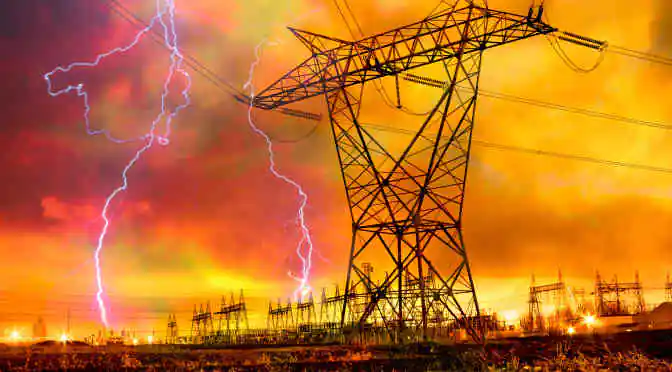What is Water Stress?
Water stress occurs when the demand for water exceeds supply. Stress levels have grown over the years in the wake of rising pollution, climate change, and uneven water supply resources across the world. As well, population growth, changing water consumption patterns, and urbanization are intensifying water stress levels.
Therefore, the demand for smart water networks should see a marked increase during the forecast period, as smart water meters can detect inefficiencies in a water supply system and monitor the water wastage. The global smart water network market is expected to grow at a CAGR of 15.34 percent from 2015-2019.
Effects of Water Stress Worldwide
Currently, 1.1 billion people worldwide lack access to safe drinking water. It is predicted that by 2025, roughly 5.5 billion people will be living in areas with moderate to severe water scarcity. In China, approximately 280 million people drink contaminated drinking water every day, owing to the lack of potable water, high population density, and diminishing clean water resources. Industry and agriculture consume roughly 70% of fresh water resources, which adds to rising water stress levels.
Aging Water Distribution Infrastructure
Aging water supply infrastructure has led to substantial water loss all over the world. Growing populations, urbanization, and rising water consumption from the residential and industrial sectors has exerted tremendous pressure on aging infrastructure, which is prone to leakage and breaks. This results in disrupted and degraded water services. Insufficient capital investments to sustain existing water distribution infrastructure is one of the main reasons for the crumbling water systems in many countries, such as the US and Germany.
According to estimates, around 60% of distributed water worldwide is lost to leaky pipes. Therefore, smart water meters and smart water networks will likely be more in demand, in order to help water utilities measure water consumption, detect leakages, and manage/monitor control valves, and water pumps data effectively. This will improve water distribution services and reduce losses.
Increasing Need for Water Quality Monitoring
Water utilities worldwide are facing a lack of infrastructure and poor water network monitoring systems. This has led to a deterioration in the quality of water supplied to consumers. This problem is especially acute in developing countries, where investment in infrastructure and water quality monitoring is lower than developed countries. Thus, many water utilities are investing in smart water networks.



